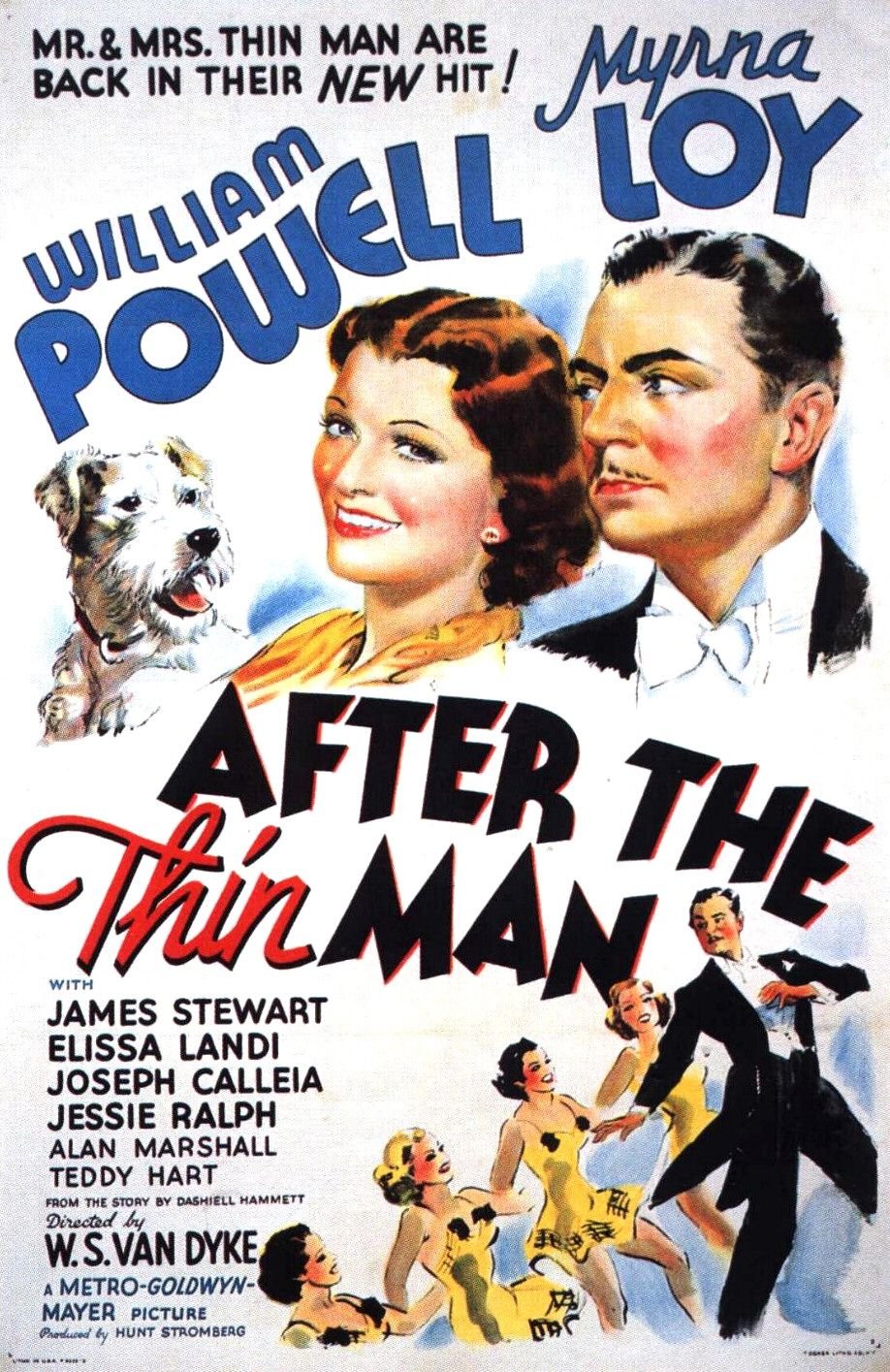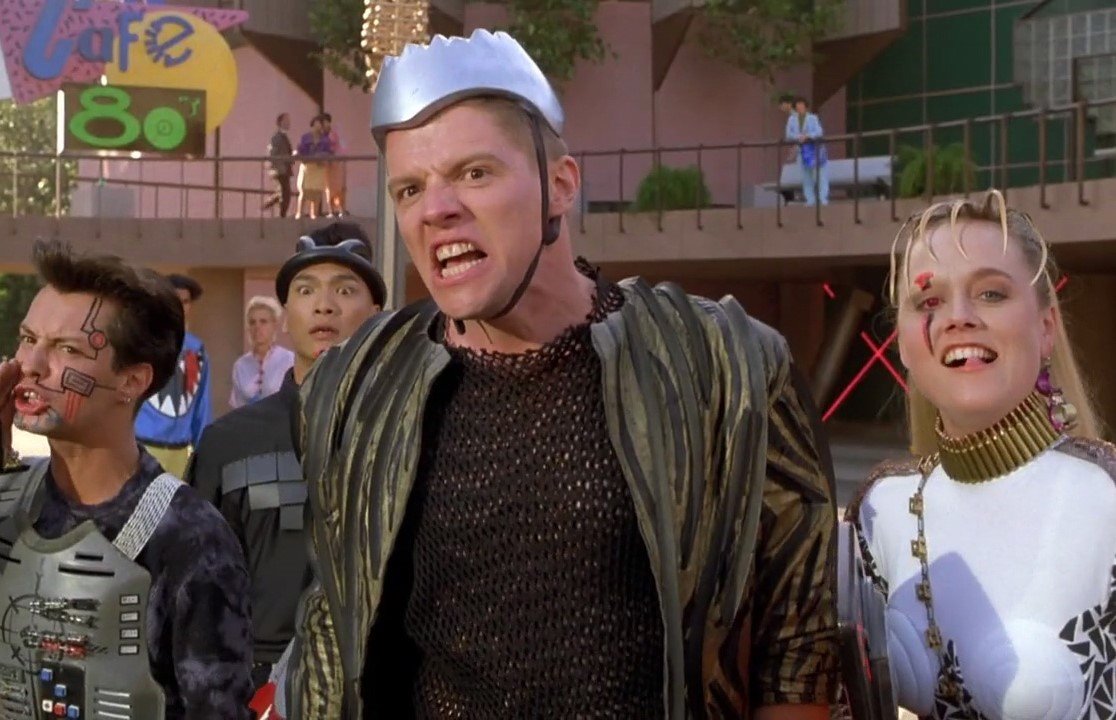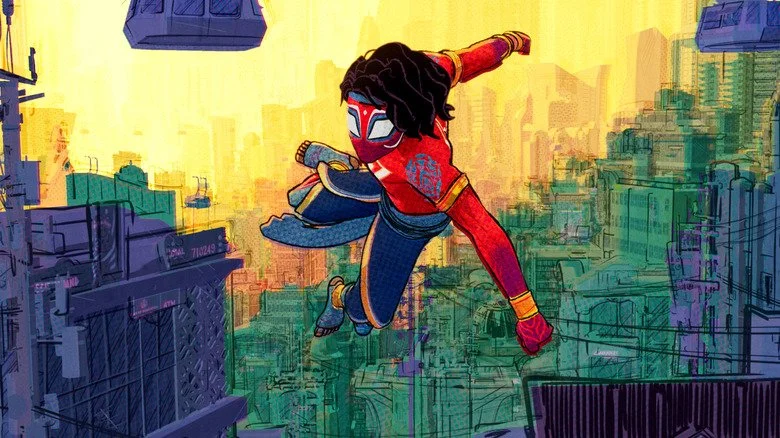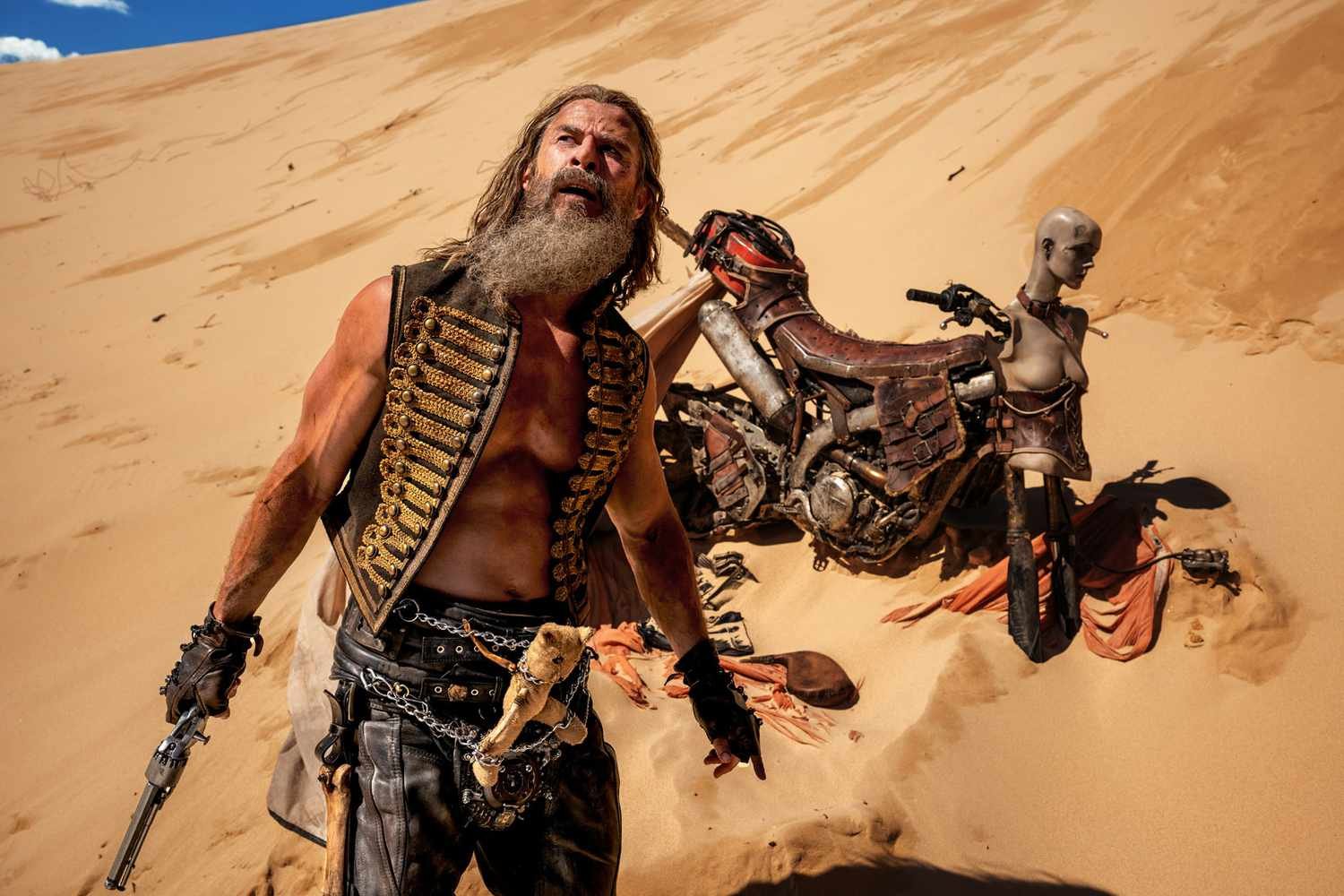PREQUELS, SEQUELS, & THREEQUELS: THE CURRENT MATH by Craig Hammill
A few weeks ago, our family sat down for family movie night to watch this year’s ACROSS THE SPIDERVERSE (dir by Joaquim Dos Santos, Kemp Powers, Justin K. Thompson, written by Phil Lord, Chris Miller, Dave Callaham, Sony, 2023, 140mns). I was excited. The movie did not disappoint. My wife and son (the two biggest fans along with me of INTO THE SPIDERVERSE) thought it was amazing. I really liked the sequel but felt. . .well. . .I felt like the story had been reverse-engineered a bit to turn what was an incredible, self-contained, one off movie into a trilogy. Still, I’m impressed with just HOW GOOD the movie given all the expectations surrounding it (I consider 2017’s INTO THE SPIDERVERSE one of the greatest movies of the 21st century).
ACROSS did get me thinking. We’re living in an accelerated age of prequels, sequels, and threequels. If a movie HITS then a studio wants to milk it for everything it’s worth. Or if there was a trilogy that REALLY worked ten, twenty, thirty years ago, studios want to “expand” it. Even if that means distorting, distending, diluting the integrity of what made it great in the first place.
This is nothing new. This is just economics. If it makes a lot of money, it’s going to be a lot easier to make more money with additional movies based on a title everyone knows and loves. Until they don’t love it anymore.
The one movie where Jimmy Stewart is the out and out. . .wait. . .I don’t want to spoil it. Check it out.
But it does seem now that the current moment is so skittish around untested IP (intellectual property) and original ideas that moviemakers who want to try to work within the system better get used to some of the strict paramaters of finding a way into a pre-existing property one had little to do creating. This year alone saw countless spin-off Marvel movies and TV shows. Disney keeps tapping the Star Wars hive to get more money, mostly out of limited TV series. There was a 5th Indiana Jones movie. A 6th Scream movie. Timothy Chalamet currently plays a young Willy Wonka in the Willy Wonka & The Chocolate Factory prequel musical Wonka. Pixar has increasingly turned to the sequel game with the upcoming Inside Out 2 set to bow in 2024. There was a Hunger Games sequel/prequel. And it looks like Lord of the Rings is going to be getting more TV shows and movies dipping into prequel territory leading up to the actual trilogy. Even Dr. George Miller (always a crafty, sharp one) has opted to use his Mad Max series as a kind of expanded universe unto itself as evidenced by the just released Furiosa trailer (also coming 2024).
Again, it’s not that this is anything new. One only need look at the Hollywood series of the 1930’s and 1940’s: the Micky Rooney & Judy Garland Andy Hardy series, the Myrna Loy and William Powell Thin Man series, the Warner Oland “this concept hasn’t aged so well” Charlie Chan detective series.
Remember 2015? It looked exactly like this.
What got me thinking though was that as I watched Across the Spiderverse, I could sense (maybe wrongly) the cogs at work in the brainstorming sessions. How do we make this a trilogy? What questions/dilemmas do we set up in the second movie that will leave us on a cliffhanger? What would really make the audience gasp? What can we promise them at the end that will make them cheer and return for Beyond The Spiderverse?
I had a similar feeling when I watched the Back to the Future trilogy in the 80’s as a kid. The first movie felt as if it had been conceived as a kind of one and done self-contained idea. Then Back to the Future II & III came up with a way to unravel and elongate that a bit. And I’m actually a huge Back to the Future II fan. Robert Zemeckis and co-screenwriter Bob Gale did some very clever things with time travel in II.
Indian Spiderman? A city called Mumbattan? I’m here for it.
Likewise, Across the Spiderverse does a number of amazing things. And it has one sequence-the midpoint Manhattan-Mumbai “Mumbattan” combo city bridge collapse-that is a mind blower. It also has tremendous heart with the development of Miles Morales’ relationship with his family as he enters teenagerdom. It adds fascinating drama and conflict with the introduction of Gwen Stacey’s world/voice as a co-narrator now along with Miles. And the stylistic daring continues to amaze: Gwen’s world is a symphony of watercolors. And the animators make sure to incorporate a handful of totally different illustration styles so there is exciting contrast from one scene to another, even within a shot from one moment or part of the frame to another.
The new Furiosa trailer, just dropped a few days ago, likewise has done its job: we’re all talking about it. A friend of mine texted me to say the unrefined CGI in the trailer made him nervous. I texted back to never count out George Miller (something I’ve learned with Miller and James Cameron, no matter how I feel about pre-release advertising). What’s interesting here is to acknowledge that Miller is doing something akin to what Spiderverse is doing. Furiosa firmly asserts the character of Furiosa now as a co-equal hero along with Mad Max (who previously had always been the glue of the series). On one very important level, this is a daring and important thing to do. Miller, the folks behind the Spiderverse series, and it must be acknowledged folks at Disney with Star Wars, the Marvel movies, etc are working to make these universes BIGGER. More inclusive.
Traffic sucks. Again.
And that’s a good thing. An empirically good thing in this programmer’s opinion. Everyone, every gender identification, every race, every background, should be able to feel they are a part of these exciting worlds. They can be heroes and generators of agency in these worlds.
So maybe the answer is to just accept the current moment, make the most of the opportunities available, and chill. The pendulum will swing back to original ideas (it may already be doing so) as it always does. So maybe the answer is to be adaptive and patient.
Nevertheless, there can come a moment when an industry can die for lack of the regenerative affect of introducing new DNA, new genes, new ideas into the farming cycle of producing a new year’s crop of movies.
Just as a farming field can be rendered sterile if you don’t change the kind of crops you grow in it, so too can an industry (without even realizing it) grow sterile because it doesn’t take the chances necessary to make the cinematic discoveries necessary to get NEW audiences excited and coming back to the cinema for more.
The Thor beard is going salt and pepper.
My argument is one of self-preservation and pragmatism NOT idealism. As painful, hard, and nerve-wracking as it is to take chances on untested moviemakers and original ideas, I sense it is a must to keep the American movie industry vital. Baseball fans know the importance of having farm teams, minor league teams, etc to keep the sport exciting for fans of all income brackets and communities. AND as a way of nurturing and testing talent before they get the call to come up for the BIG SHOW.
The average production and marketing budget now in late 2023 for studio tentpole pictures is somewhere around $250 million-$500 million (I believe).
It does seem somewhat short sighted not to take $100 million and seed 1-2 $30-$40 million dollar pictures and 4-5 $4-$5 million dollar pictures. At the very least you’re creating a track for the talented and determined to cut their teeth before they too get called up to the big show.
Also, at some point, all the current titles/IP are going to go out of style (at least for awhile). And if there’s been no investment in new authors, new work, new ideas, de facto there will be no new cash cow pop culture juggernauts that galvanize the world.
So by not investing in original ideas and new talent, our industry is in essence killing the goose that is laying the golden eggs.
It’s easy for me to write this. I’d hate to be in the shoes of any decision maker right now who has thousands of folks from a board of directors to stockholders to fans to staff to whom they have to answer. But I do think we’re going to need some risk takers, some instinct listeners, some “let’s do this because I like this story” types to shake things up to help the industry thrive.
Ultimately all any of us can do is BE the change we want to see in the world. But if we want a vibrant 21st century American movie industry, we may need to help by creating our own.
Whoever among us makes money with their new untested ideas need not fear. Hollywood won’t be far behind clamouring to get in on the action.
Craig Hammill is the founder.programmer of Secret Movie Club






